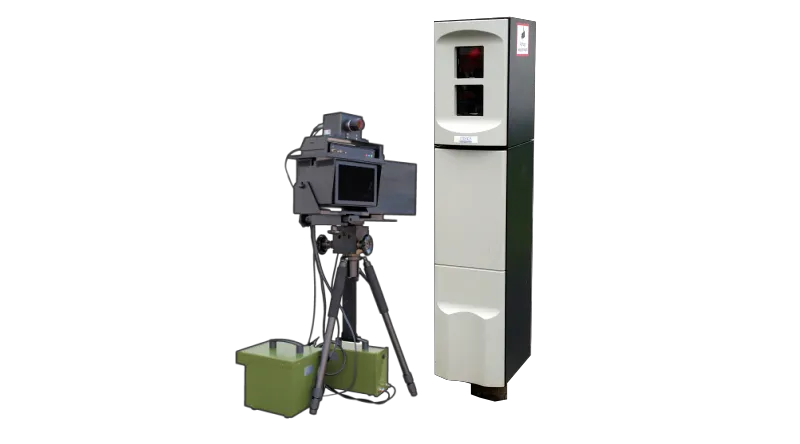Tele Atlas and TeleNav have announced a renewed multi-year license agreement whereby TeleNav uses Tele Atlas maps and dynamic content to power a range of wireless navigation applications and its connected personal navigation device.
February 2, 2012
Read time: 1 min








